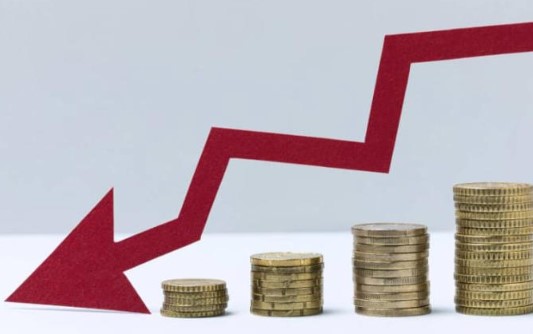Latin America faces a ‘low economic growth trap’ according to United Nations report
By Marco Cacciati
Latin America and the Caribbean are facing a ‘low economic growth trap’ that threatens to stall progress across the region, according to a new report from the United Nations Economic Commission for Latin America and the Caribbean (ECLAC). The organization’s annual Economic Survey, released last week, paints a sobering picture of sluggish investment, declining productivity, and limited fiscal maneuvering room for many countries.
 Growth Projections Revised Downward
Growth Projections Revised Downward
ECLAC has trimmed its 2024 growth forecast for the region to just 1.8%, down from an earlier projection of 2.1%. The outlook for 2025 is only marginally better at 2.3%. This continues a troubling trend: over the past decade (2015-2024), Latin American economies have expanded at an anemic average rate of 0.9% annually.
‘We’re potentially facing a second lost decade,’ warned ECLAC Executive Secretary José Manuel Salazar-Xirinachs in an interview with EFE, referring to the first ‘lost’ decade of the 1980s that saw a 2% growth rate. ‘When growth is this low [0.9], it becomes extremely difficult to generate quality jobs, reduce poverty, or address inequality.’
A Perfect Storm of Challenges
The report highlights several interconnected factors contributing to the region’s economic malaise. Poor investment performance has hampered productivity growth and technological advancement, while low labor productivity limits wage growth and overall economic competitiveness. Many governments lack the financial resources to implement robust stimulus or development programs, further constraining growth prospects.
Climate change poses an additional threat, with the Santiago-based UN body warning that insufficient investment in adaptation and mitigation strategies could lead to the loss of up to 43mn jobs (10% of the labor force) by 2050.
“Given recent performance, the region’s modest economic growth remains conditioned by an uncertain external scenario, with high inflation and interest rates that remain elevated worldwide, which tends to delay the normalization of inflation and monetary policy easing in the main advanced countries, depressing external demand and keeping financial conditions tight,” the report says.
“This situation may be aggravated by a possible exacerbation of geopolitical and trade tensions, and by the worsening effects of climate change.”
Wide Disparities Across the Region
While the overall outlook is gloomy, ECLAC’s report reveals significant variations between countries. The Dominican Republic leads with projected 5.2% growth in 2024, while Venezuela, slowly emerging from years of crisis, is expected to grow by 5% as it navigates a fraught political moment. Brazil, the region’s top economy, is forecast to expand by 2.3% and Mexico, the second-largest, by a meagre 1.9%. In contrast, Argentina faces a projected 3.6% contraction as it undergoes “shock treatment” reforms spearheaded by libertarian President Javier Milei, who repeatedly warned that the economy “will get worse before it gets better.”
A Call for Structural Change
In an introductory statement, Salazar-Xirinachs emphasized the urgent need for comprehensive policy shifts: “Tackling the growth trap, increasing employment and creating jobs with higher productivity requires strengthening productive development policies that are complemented by macroeconomic and labor policies as well as those on climate change adaptation and mitigation.”
Without such deep structural changes, ECLAC warns that Latin America risks entering a third consecutive ‘lost decade’ of economic stagnation.
“The region’s limited macroeconomic policy space precludes an effective response to external and internal constraints. GDP growth will continue to be driven by private consumption, while investment is being held down in a context of low growth and high inflation and interest rates,” the report notes.
The UN regional commission urges governments to boost revenues through progressive taxation and wealth taxes while enhancing spending efficiency. These recommended measures aim to safeguard critical investments in education, health, and infrastructure without worsening debt burdens. The challenge now lies with Latin American state leaders and business actors to chart a course towards more sustainable and inclusive growth in the face of daunting global headwinds.
__________________
Credit: IntelliNews
















